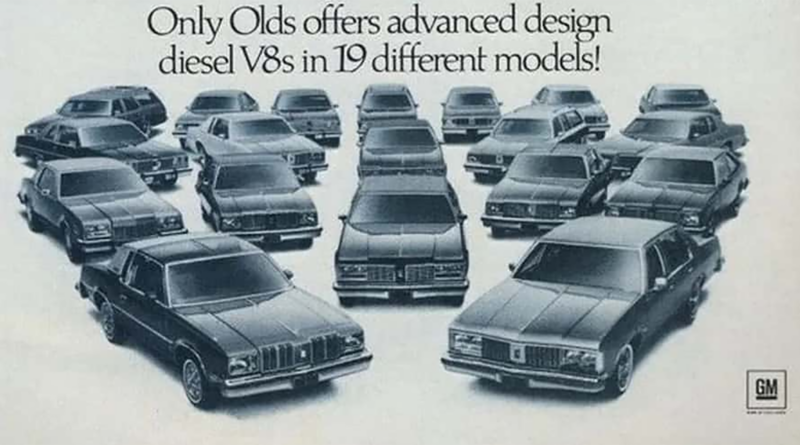
Years ago, I would regularly visit my grandfather and grandmother about 60 miles away from home. When I got an EV, my grandfather offered to let me plug it in to help cover the cost of visiting, and I was happy to let him do that. He even worked with me to wire up a 240-volt plug in his garage to get faster charging! He seemed pretty supportive of my EV.
So, I was a little taken back when my grandfather said, “Well, I’m never going to drive one of these electric cars, just like I’d never drive a diesel car.” To the untrained and unfamiliar ear, that might sound like a jab against EVs, but you have to learn some of the backstory to understand why he’d say this about not only EVs but diesels. After all, diesel is like the opposite of an EV in many people’s heads.

Diesel is what powers semi-trucks, large buses and RVs, and everything else that’s great and American, right? It takes a diesel engine to roll coal! But, in the U.S. market, diesel hasn’t always held this pristine image that the pro-ICE crowd sees it having today.
More importantly, the story of how diesel engines betrayed a generation of drivers and left them distrustful of the technology has some important lessons for the EV industry today. In the late 1970s and early 1980s, drivers were struggling with high gas prices like they often do today. Car companies were experimenting with EVs, but the battery technology sucked and computer technology wasn’t ready to do something like a plugin hybrid yet.
Bu.











)



